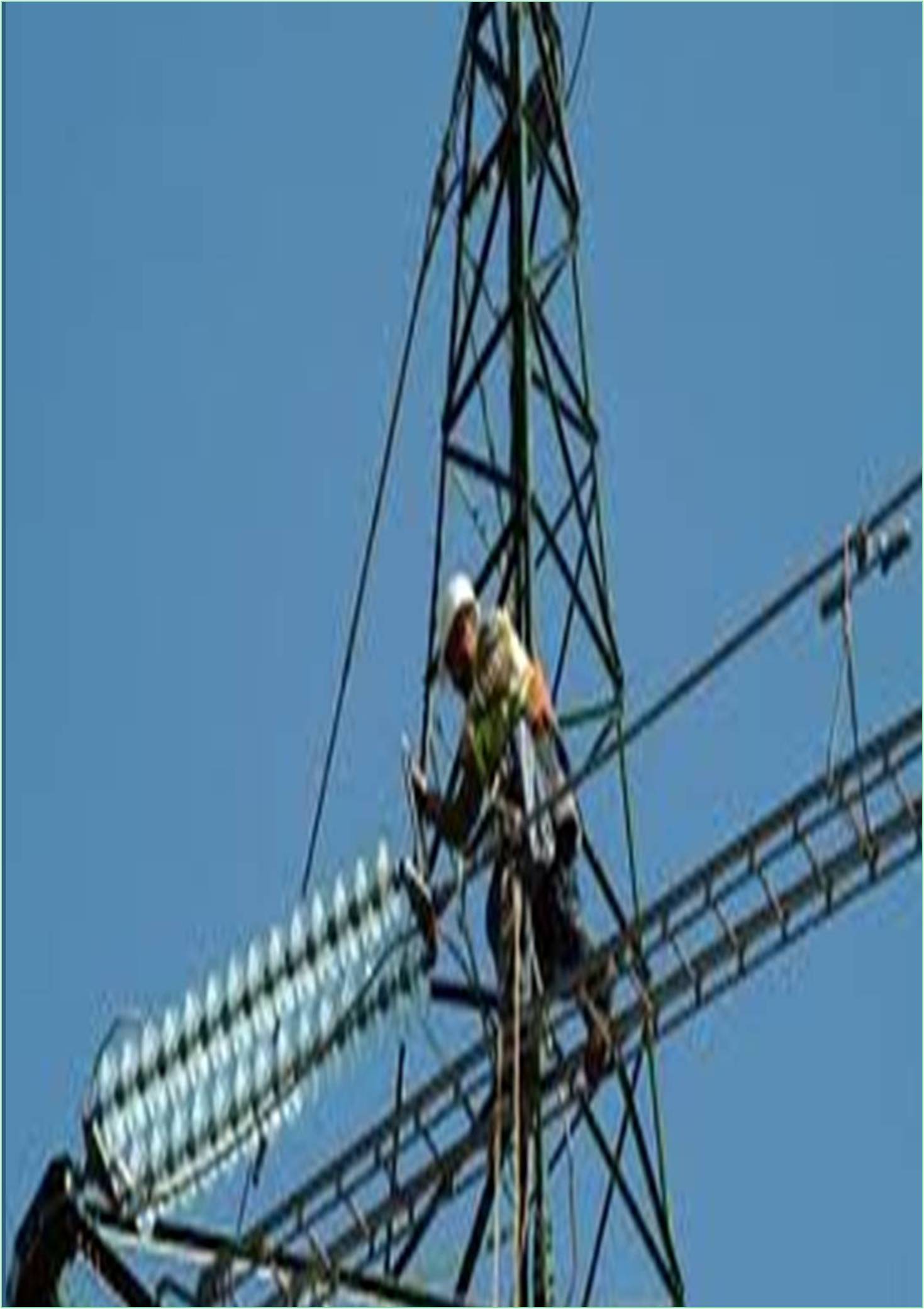



Received: 01-Jul-2022, Manuscript No. GJEEE-22-73968 ; Editor assigned: 04-Jul-2022, Pre QC No. GJEEE-22-73968 (PQ); Reviewed: 21-Jul-2022, QC No. GJEEE-22-73968 ; Revised: 29-Jul-2022, Manuscript No. GJEEE-22-73968 (R); Published: 05-Aug-2022, DOI: 10.15651/GJEEE.22.1.009
The central power generating stations deliver power to the distribution networks in a radial pattern across vast distances in the traditional electrical power system, which has been planned, developed, and operated in this way. Smaller, decentralized generators are being employed to support the power distribution system as a result of the traditional system's transformation into a smart grid. Due to their availability and lower environmental impact when compared to fossil fuels, renewable energy sources have been used to power a significant portion of this distributed generation. While their infrequent but strategic position makes connectivity at both the transmission and distribution levels of the electric grid possible, renewable sources including hydro, solar, wind, biomass, and fuel cells offer great potential for viable utilization.
The difficulty of operating and managing the power system increases with the distribution network's greater use of renewable energy sources. Energy demand is rising more quickly than power generation and transmission capacity, necessitating immediate action to maintain system resilience and operating efficiency. In the past, new power plants were constructed to meet the peak demand. To prevent power system instability like a voltage collapse, it was believed that these utilities would always be able to meet the highest load demand. The evolution of bi-directional power flow, from uni-directional power flow as a result of the rapid depletion of fossil fuels, which encouraged research into renewable energy sources.
The smart grid-a futuristic power grid where intelligent information networks are integrated with the electrical infrastructure to meet needs at multiple levels-is the power grid of the future. The smart grid offers improved efficiency, dependability, control, metering and sensing systems, and energy management strategies, making it the answer to all conventional problems. In order to effectively harness the potential of the renewable resources while minimizing their negative effects, this new situation will present numerous challenges to the electricity system and necessitate the development of technical know-how at the distribution level. This makes it possible to use creative and novel methods to manage dispersed generation in order to support the grid and meet load demands in the case of grid disconnect.
The electric power grid is under stress as a result of the expanding penetration of Distributed Energy Resources (DERs) to fulfil the ever rising energy demand. Blackouts or cascading failures may happen from a stressed power system, which is indicated by voltage imbalance, frequency imbalance, transformer overloading, and outages at the feeders. Intelligent control techniques at both the local and system-wide levels of the power system can help to ameliorate these circumstances. To effectively leverage the DERs' availability for local load demand and grid-tied activities, an understanding of the scope of maintaining a balance between uninterrupted power supply and power quality for a stable power system is necessary.
This is consistent with the smart grid idea, which calls for the integration of dispersed generation into the operational control framework in order to increase system resilience. The majority of electric power systems rely on fossil fuels like coal and crude oil as their main energy sources. These energy sources are not sustainable over the long run and cause environmental damage when they turn fuel or coal into electricity. The focus of research over the last few decades has been on developing alternative alternatives to supplement and replace current energy sources. Fuel cells, wind, and solar are examples of renewable energy sources that have demonstrated significant promise as potential ecologically beneficial and economically advantageous options for use in distributed generation.
Small- to medium-sized generators, typically less than 15MW, that are connected to the local consumer or distribution level because of their location are considered to be part of distributed generation. Energy storage is electrical energy that has been kept in various forms and is flexible enough to be converted back to electrical energy as needed.